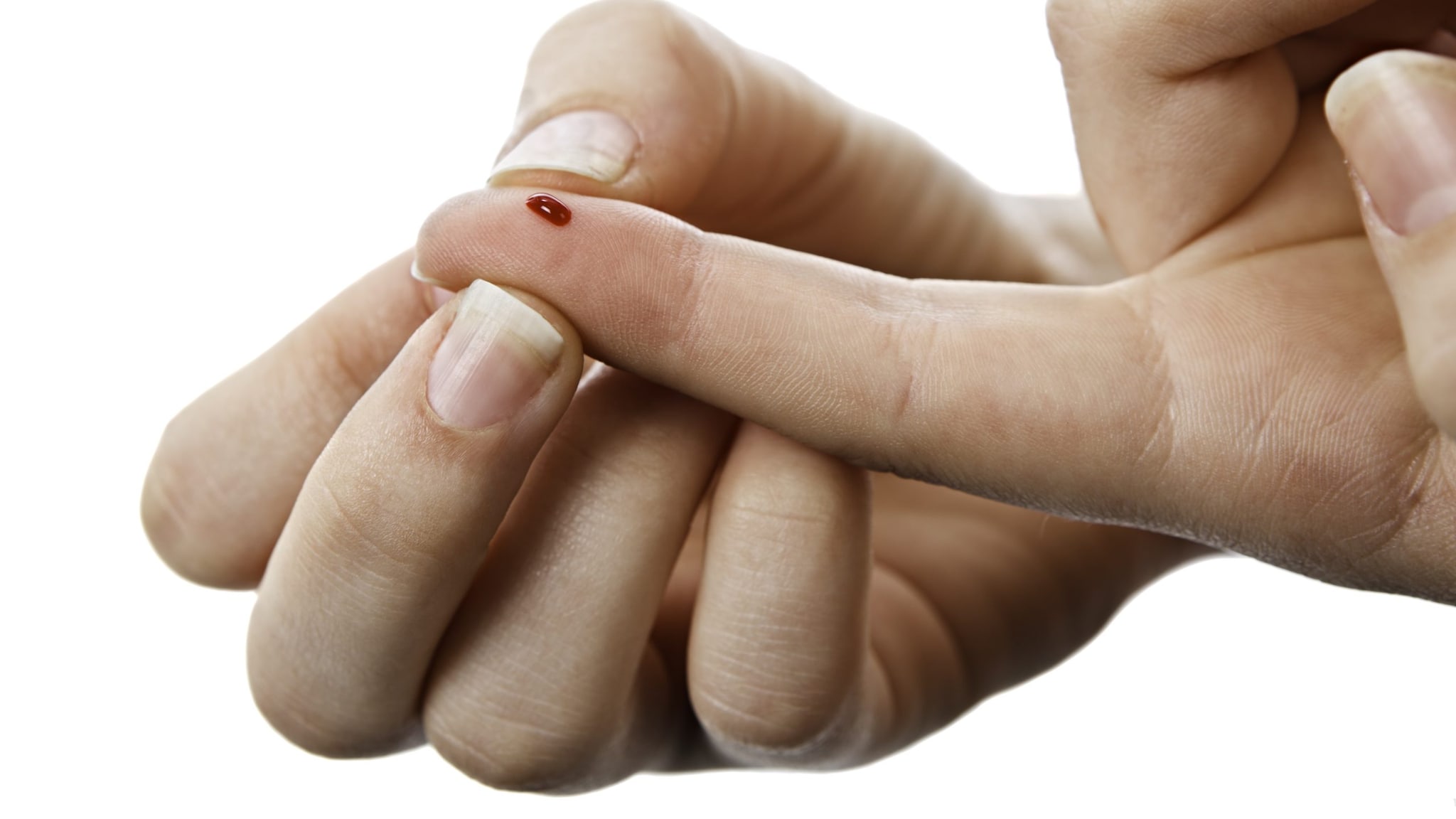Key points
- Dental health care personnel are at risk of exposure to bloodborne pathogens.
- Occupational exposures should be treated and evaluated immediately by a qualified health care professional.
- Occupational exposure to bloodborne pathogens can be prevented.

Why it matters
Health care personnel are at risk for occupational exposure to bloodborne pathogens that can cause diseases. These include, but are not limited to, hepatitis B virus (HBV), hepatitis C virus (HCV), and HIV.
Even when blood is not visible, it can still be present in limited quantities in saliva. Both blood and saliva are considered potentially infectious materials by the Occupational Safety and Health Administration (OSHA).
Background
Occupational exposures can occur when infected blood from a patient comes in contact with the eyes, nose, mouth, or broken skin of a provider. They can also occur through needlesticks or cuts from other sharp instruments contaminated with infected blood (including blood-contaminated saliva).
Risk of exposures can be reduced by following a hierarchy of controls including elimination, substitution, administrative controls, engineering controls, and personal protective equipment (PPE). For example, in dental settings, splashes to the eyes, nose, mouth, and skin can be reduced by properly using high volume evacuation systems and PPE such as gloves, eye and face protection, and gowns. Needlesticks and other cuts can be prevented by using engineering controls (for example, disposing of used needles in appropriate sharps disposal containers and using medical devices with safety features designed to prevent injuries) and safer techniques (for example, not recapping needles by hand).
CDC's National Institute for Occupational Safety and Health (NIOSH) developed the Hierarchy of Controls, which defines various levels of controls that can lower worker exposures and reduce risk of illness or injury. Additionally, NIOSH created a bloodborne pathogens page that provides information on handling needlestick or sharps injuries and exposure to patient blood or body fluids in a health care setting.
Recommendations
To prevent occupational exposure to blood, CDC recommends to:
- Use standard precautions for all patient encounters.
- Consider any sharp items that are contaminated with patient blood and saliva as potentially infective.
- Establish engineering and work practices controls to prevent injuries.
- Implement a written, comprehensive program designed to minimize and manage dental health care personnel exposures to blood and body fluids.
More information on preventing occupational exposure to blood can be found on pages 3, 12–14, 40, and 62 of the Guidelines for Infection Control in Dental Health-Care Settings—2003.
What should you do if you have had an occupational exposure?
If you experience a needlestick, cut yourself with a sharp instrument, or are exposed to the blood or another body fluid of a patient, immediately follow these steps:
- Wash the site of the needlestick or cut with soap and water.
- Flush splashes to the nose, mouth, or skin with water.
- Irrigate eyes with clean water, saline, or sterile irrigants.
- Report the incident to your supervisor or the person in your practice responsible for managing exposures.
- Immediately seek medical evaluation from a qualified health care professional.
- Start any recommended postexposure treatment as soon as possible.
Health care professionals caring for exposed health care workers can call the National Clinicians' Post-Exposure Prophylaxis Hotline (PEPline) for advice on managing occupational exposures to HIV and hepatitis B and C viruses. PEPline is available 24 hours a day, 7 days a week, at 1-888-448-4911.
- Occupational Exposure to Bloodborne Pathogens: Needlestick and Other Sharps Injuries: Final Rule. Fed Regist. 2001;66:5317–5325. To be codified at 29 CFR Part 1910.1030. Accessed January 31, 2024. https://www.osha.gov/law-regs/regulations/standardnumber/1910/1910.1030
- Occupational Safety and Health Administration. All About OSHA. OSHA-3302-11R. US Department of Labor; 2016. Accessed February 13, 2024. https://www.osha.gov/sites/default/files/publications/all_about_OSHA.pdf
- Kohn WG, Collins AS, Cleveland JL, et al. Guidelines for infection control in dental health-care settings—2003. MMWR Recomm Rep. 2003; 52(RR-17);1–61.
- Schillie S, Murphy TV, Sawyer M, et al. CDC Guidance for Evaluating Health-Care Personnel for Hepatitis B Virus Protection and for Administering Postexposure Management, United States, 2013. MMWR Recomm Rep. 2013;62(RR-10);1–19.
- Bloodborne Pathogen Exposures and Infections. Centers for Disease Control and Prevention. March 14, 2023. Accessed February 13, 2024. https://www.cdc.gov/infection-control/hcp/safety/index.html
- Cleveland JL, Cardo DM. Occupational exposures to human immunodeficiency virus, hepatitis B virus, and hepatitis C virus: risk, prevention, and management. Dent Clin North Am. 2003;47(4):681–96.
- Kuhar DT, Henderson DK, Struble, KA, et al. Updated U.S. Public Health Service guidelines for the management of occupational exposures to HIV and recommendations for postexposure prophylaxis. Infect Control Hosp Epidemiol. 2013;34(9):875–892.
- Holmberg SD, Suryaprasad A, Ward JW. Updated CDC Recommendations for the Management of Hepatitis B Virus–Infected Health-Care Providers and Students, United States, 2013. MMWR Recomm Rep. 2013;61(No. RR-3);1–10.
- Moorman AC, de Perio MA, Goldschmidt R, et al. Testing and Clinical Management of Health Care Personnel Potentially Exposed to Hepatitis C Virus — CDC Guidance, United States, 2020. MMWR Recomm Rep. 2020;69(No. RR-6):1–8.
